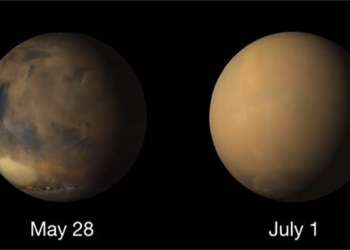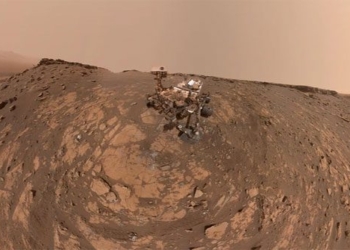Mars experienced intense volcanic activity around 3 to 4 billion years ago. This pear-shaped formation is a sign!
When talking about Mars, many people immediately think of the phrase “dead planet.” Mars has likely been in this inhospitable state for billions of years, and it may continue to remain “dead” for billions more unless humans intervene.
There was a time when Mars had oceans (or at least that’s what we believe), an atmosphere, and possibly even some form of life yet to be discovered. Due to reasons lost to time, all the “possibilities” mentioned above have faded into the past, and the volcanoes we see today are no different.
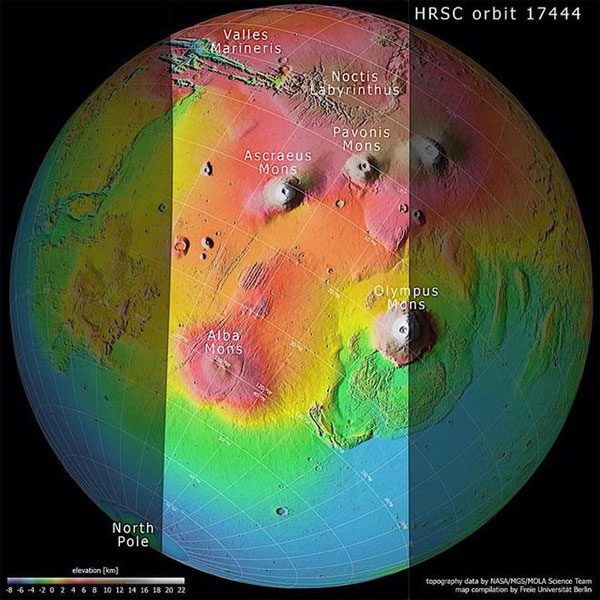
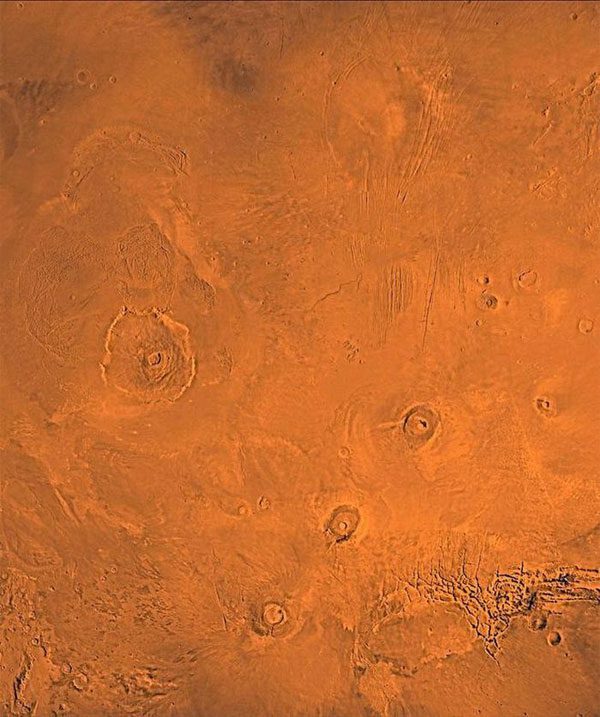
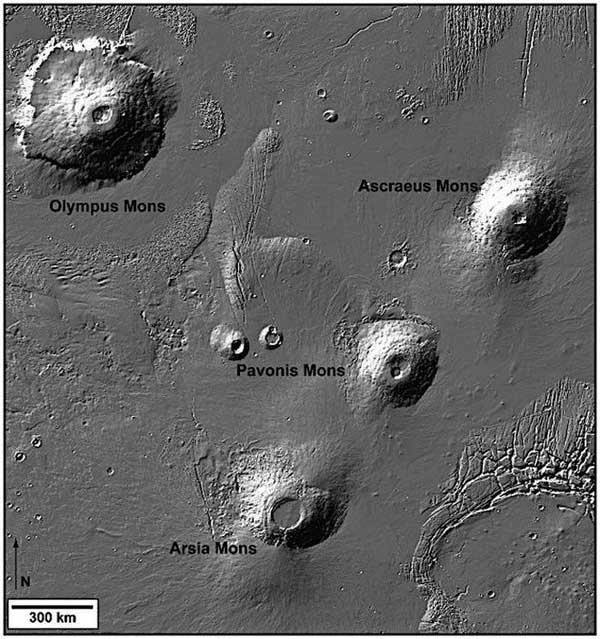
Image captured in the Tharsis region on Mars.
Volcanoes on Mars were very active around 3 to 4 billion years ago, but the last eruption occurred about 50,000 years ago (this discovery was made just this year), bringing a glimmer of hope that volcanic activity may still exist on this dead planet.
From this alone, it can be inferred that uncovering signs of Mars’ glorious past will require significant effort. Fortunately, humanity has developed quite a bit of technology deployed on and around the red planet, and from time to time we encounter some signs that provide us with glimpses into its past.
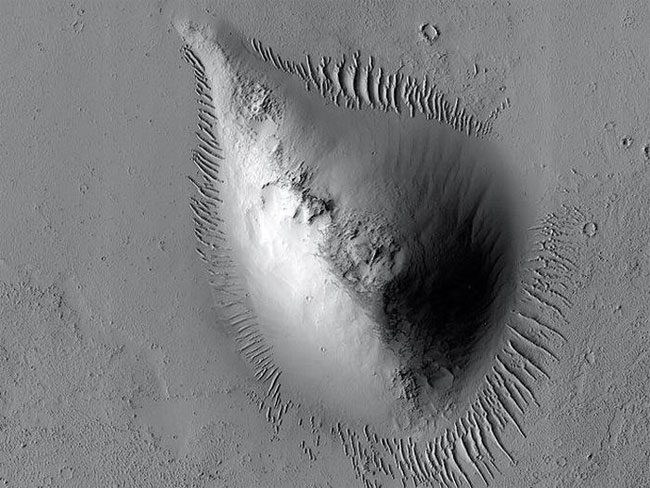
This formation is actually an ancient pumice volcano.
A prime example is the pear-shaped formation in the image here, which has been buried underground for a long time. This formation is located in an area known as Tharsis, captured in March last year (2020) by the HiRISE camera from orbit, approximately 262 km above the Martian surface.
According to NASA and the University of Arizona (the agency operating the aforementioned camera), this formation is actually an ancient pumice volcano (exact age unknown) that has survived a subsequent volcanic eruption.
Scientists believe that this formation was created “on a substrate where the surface crust is very fragmented and beneath which there are lava flows.” They also think that this is one of the few remaining forms of volcanic “life” that still exists today.
Additionally, scientists suggest that this research will “help uncover information about the stratification and give us deeper insights into pumice volcanoes on Mars.”








































